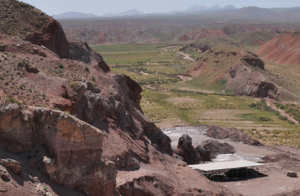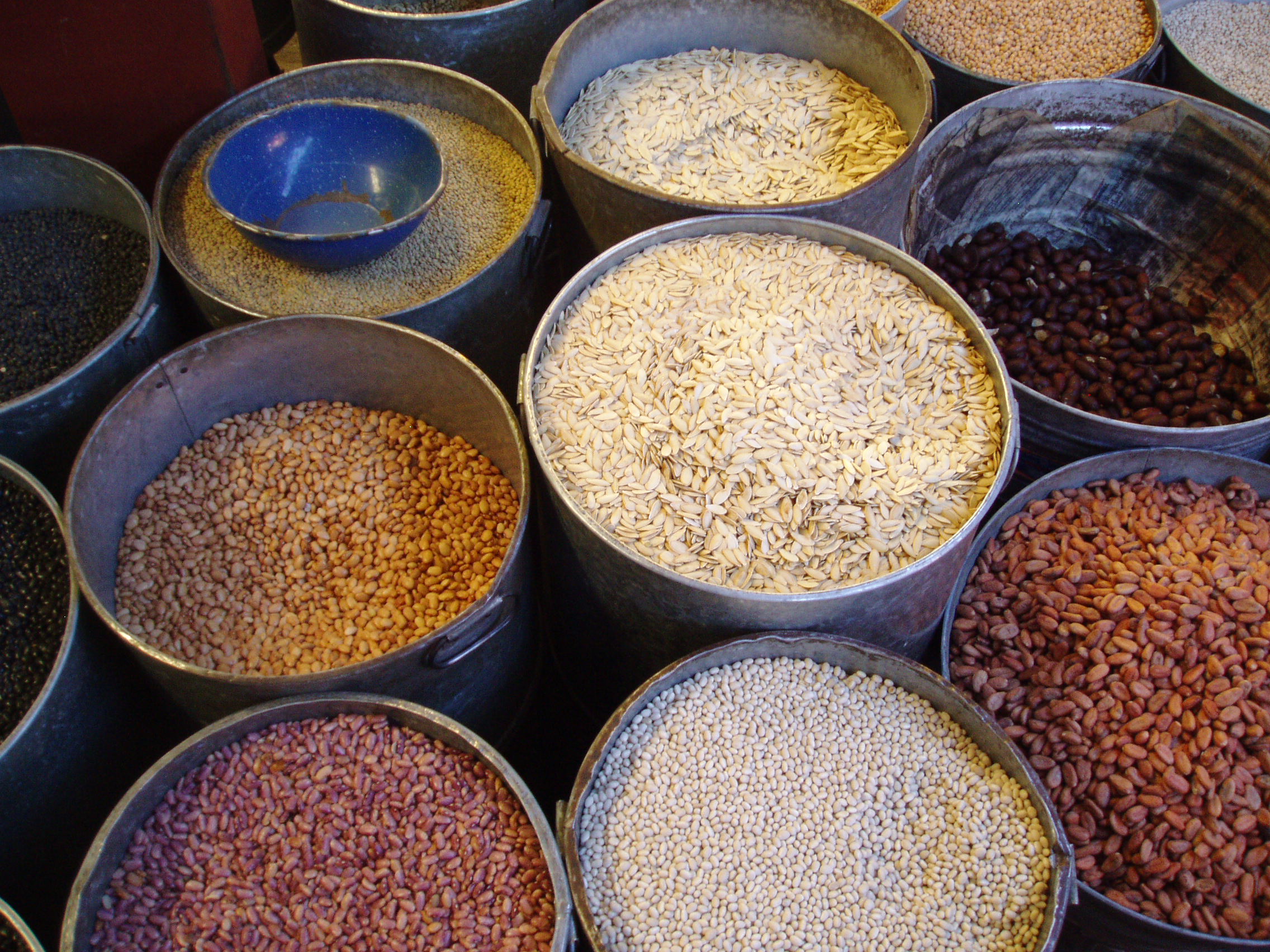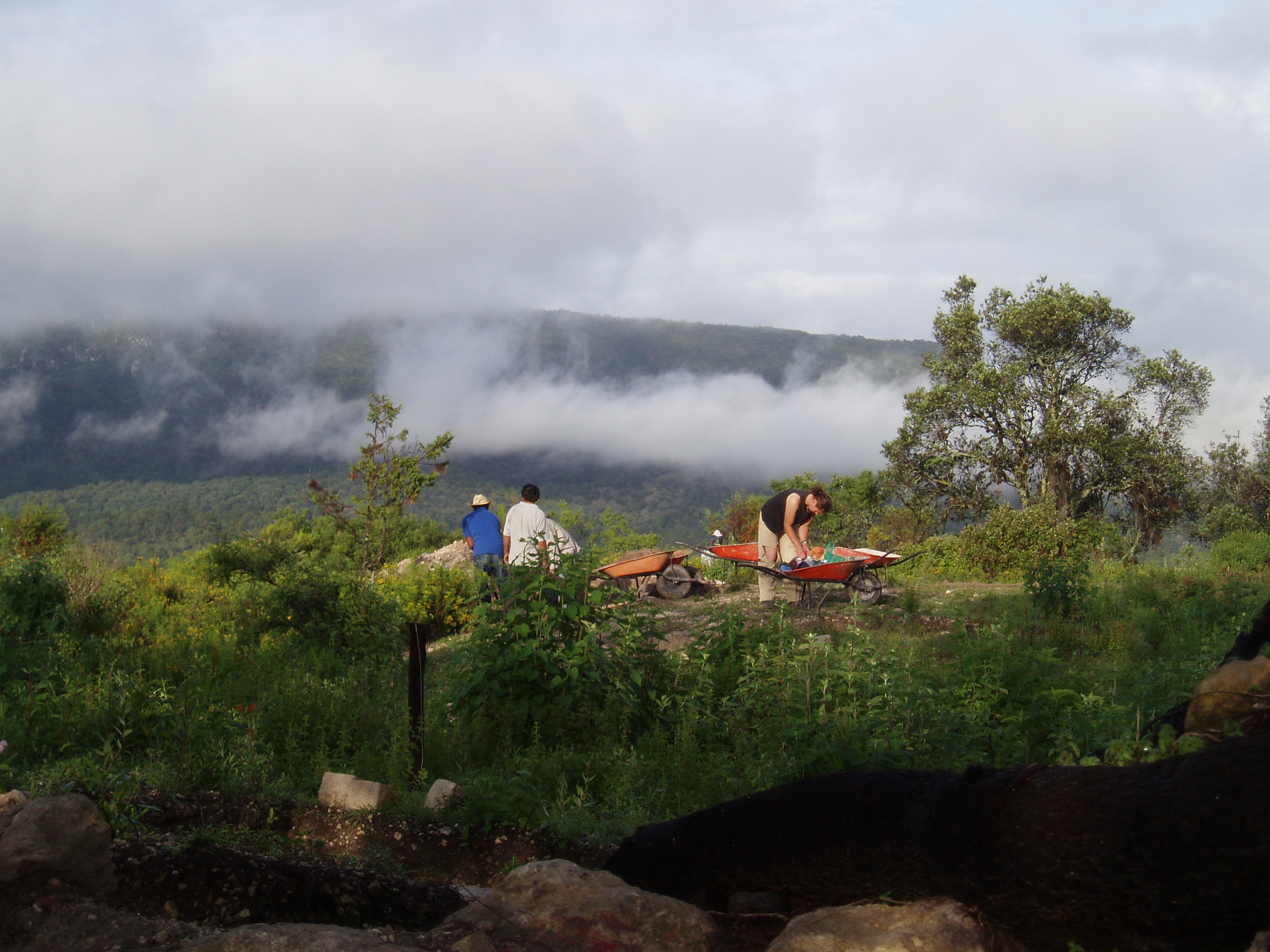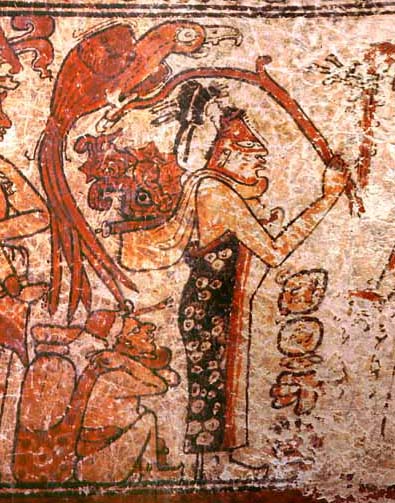Iranian Salt Mummy Project
 Since 1994, the remains of six naturally mummified miners have been discovered in the open cast salt mine of Douzlākh, near the Iranian villages of Hamzelı and Chehrābād. The exceptional preservation of the miners and their associated clothing, jewelry, and other artifacts has attracted the interest of scientists and scholars around the world and raised new questions about migration, identity, and state formation in ancient Persia during the Achaemenid and Sassanian periods. The rescue excavations conducted by the Zanjan branch of the Mirās Farhangi (Zanjan Cultural Heritage, Handicrafts, and Tourism Organization) have provided a wealth of material for detailed investigation, culminating in the recent establishment of an international research project that brings together the talents and resources of scientists and scholars from Iran, France, Germany, Great Britain, and Switzerland. The project is multidisciplinary and includes archaeobotany, archaeozoology, ancient DNA analysis, geomorphology, paleopathology, isotopic analysis, mining archaeology, physical anthropology, and textile analysis. Ancient DNA analysis of the Salt Mummies is being conducted at the University of Zürich’s Centre for Evolutionary Medicine. More information about this project can be found on the project’s official website. The initial results of this study have been published in Antiquity.
Since 1994, the remains of six naturally mummified miners have been discovered in the open cast salt mine of Douzlākh, near the Iranian villages of Hamzelı and Chehrābād. The exceptional preservation of the miners and their associated clothing, jewelry, and other artifacts has attracted the interest of scientists and scholars around the world and raised new questions about migration, identity, and state formation in ancient Persia during the Achaemenid and Sassanian periods. The rescue excavations conducted by the Zanjan branch of the Mirās Farhangi (Zanjan Cultural Heritage, Handicrafts, and Tourism Organization) have provided a wealth of material for detailed investigation, culminating in the recent establishment of an international research project that brings together the talents and resources of scientists and scholars from Iran, France, Germany, Great Britain, and Switzerland. The project is multidisciplinary and includes archaeobotany, archaeozoology, ancient DNA analysis, geomorphology, paleopathology, isotopic analysis, mining archaeology, physical anthropology, and textile analysis. Ancient DNA analysis of the Salt Mummies is being conducted at the University of Zürich’s Centre for Evolutionary Medicine. More information about this project can be found on the project’s official website. The initial results of this study have been published in Antiquity.
Paleobot.org

Paleobot.org is a collaborative paleobotanical digital reference collection project aimed at providing free and open access to high quality macrobotanical and microbotanical images and stable isotope data for a wide range of historically important economic plant species. The website was first presented at the 2010 International Work Group for Paleoethnobotany (IWGP) meetings and launched online on July 1, 2010. An article explaining the website and other online digital resources was published in 2011 in the journal Vegetation History and Archaeobotany.
Teposcolula-Yucundaa: Isotopic and Biomolecular Analysis of Spanish Contact

This project was conducted as part of multi-year INAH archaeological project, Proyecto Arqueologico Teposcolula Yucundaa. The project explored evidence for changing subsistence economies, migration, and labor importation during the first 50 years of Spanish colonialism. More information about this project can be found in Christina Warinner’s dissertation and in the Latin American Antiquity articles Spores and Robles García 2007 and Warinner et al. 2012.
Mesoamerican Isotopic Diversity Project

Archaeologists analyze natural abundance stable isotope ratios in human skeletal remains to infer changes in past diet and social behavior. Patterns of stable isotope variation are used as proxies for changing dietary practices and – by extension – changing cultural or ecological conditions. However, in order to properly interpret the patterns observed in human remains, it is essential to understand the underlying isotopic diversity of the “dietome,” or edible biome, in which past people lived.
The Mesoamerica Isotopic Diversity Project was started in 2006 with the goal of better characterizing the stable isotope diversity of native and introduced economic plants for paleodietary reconstruction in Middle America (Mesoamerica and lower Central America). Although stable isotope analysis of Precolumbian human remains and paleodietary reconstruction has been an active area of research for at least 20 years, many questions persisted regarding the extent of underlying isotopic diversity of edible plants within and across Middle America’s many ecological zones, as well as the impact of elevation and modes of cultivation on plant isotopic ratios.
The Mesoamerican Isotopic Diversity Project aimed to address these issues by characterizing the stable isotopic ratios of a diverse range of native Middle American food resources collected from both highland and lowland environments and from cultivated and wild contexts. Three modern field sites, one herbarium collection, and an archaeological site were selected for sampling. In total, over 300 native edible plants, as well as locally important insects, shellfish, and meat were collected and analyzed for carbon and nitrogen stable isotopic ratios. The results of the study are published in Warinner et al. 2013. An expanded treatment of this study is available in Christina Warinner’s dissertation.
Controlled diet experiments in swine

One of my interests is the application of stable isotope ratio mass spectrometry in archaeology, with a focus on paleodietary and paleomigratory reconstruction. This field of research is based on the observation that organisms reflect the isotopic ratios of their environment, often summarized as “you are what you eat and drink.” There are many physiological and cultural factors affecting this relationship, however, which have not been well characterized.
In 2005, I designed and conducted a controlled feeding experiment in swine to explore the effects of various dietary and physiological parameters on the isotopic ratios of carbon, nitrogen, oxygen, and hydrogen in organic and inorganic tissues. The results of the study highlighted the impact of cooking practices and growth rate on downstream tissue isotopic ratios, two factors that are highly relevant for the interpretation of stable isotopic ratios in archaeological remains, and also documented intra- and inter-animal isotopic variation in large-bodied mammals. The results of the study were are published in the journals Rapid Communications in Mass Spectrometry (2008), the Journal of Archaeological Science (2009), and the American Journal of Physical Anthropology (2010).
Ancient Maya color
 I have a long-standing interest in ancient Maya art and iconography, and in 2005 I began collaborative work on a book project with Professor Stephen Houston of Brown University on the subject of the technology, aesthetics and linguistics of color among the ancient Maya. My research focused primarily on the technology and materials of ancient Maya color production, with an emphasis on dyes, pigments, featherwork, shells, and stones. The book, of which I am a coauthor, is titled Veiled Brightness: A History of Ancient Maya Color and was published by the University of Texas Press in 2009.
I have a long-standing interest in ancient Maya art and iconography, and in 2005 I began collaborative work on a book project with Professor Stephen Houston of Brown University on the subject of the technology, aesthetics and linguistics of color among the ancient Maya. My research focused primarily on the technology and materials of ancient Maya color production, with an emphasis on dyes, pigments, featherwork, shells, and stones. The book, of which I am a coauthor, is titled Veiled Brightness: A History of Ancient Maya Color and was published by the University of Texas Press in 2009.